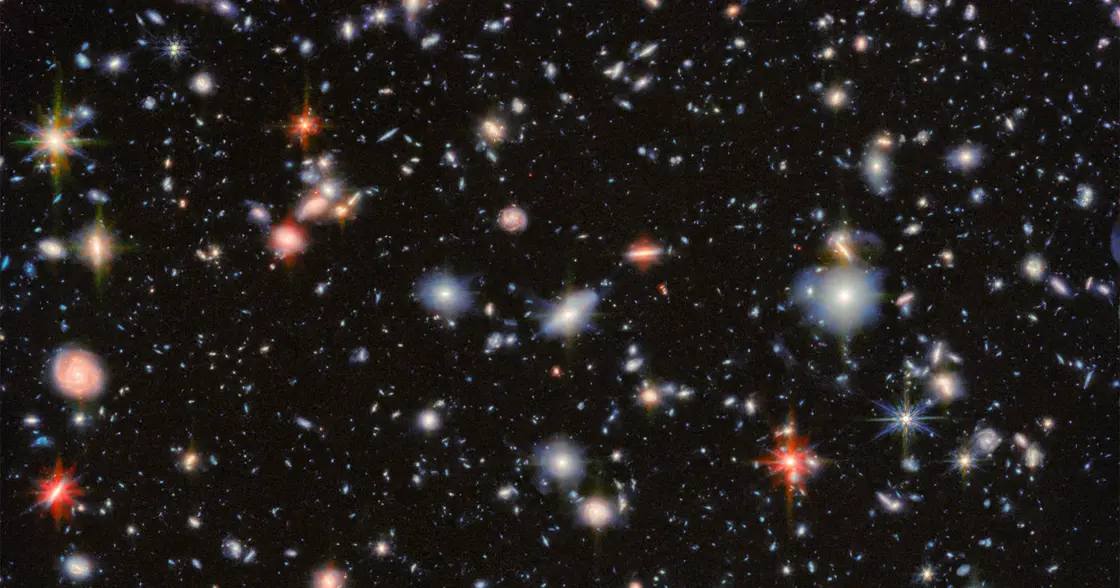T4K3.news
Webb finds 300 bright dropouts in deep space
Infrared data from JWST reveal 300 unusually bright objects that may be very distant galaxies, researchers say.
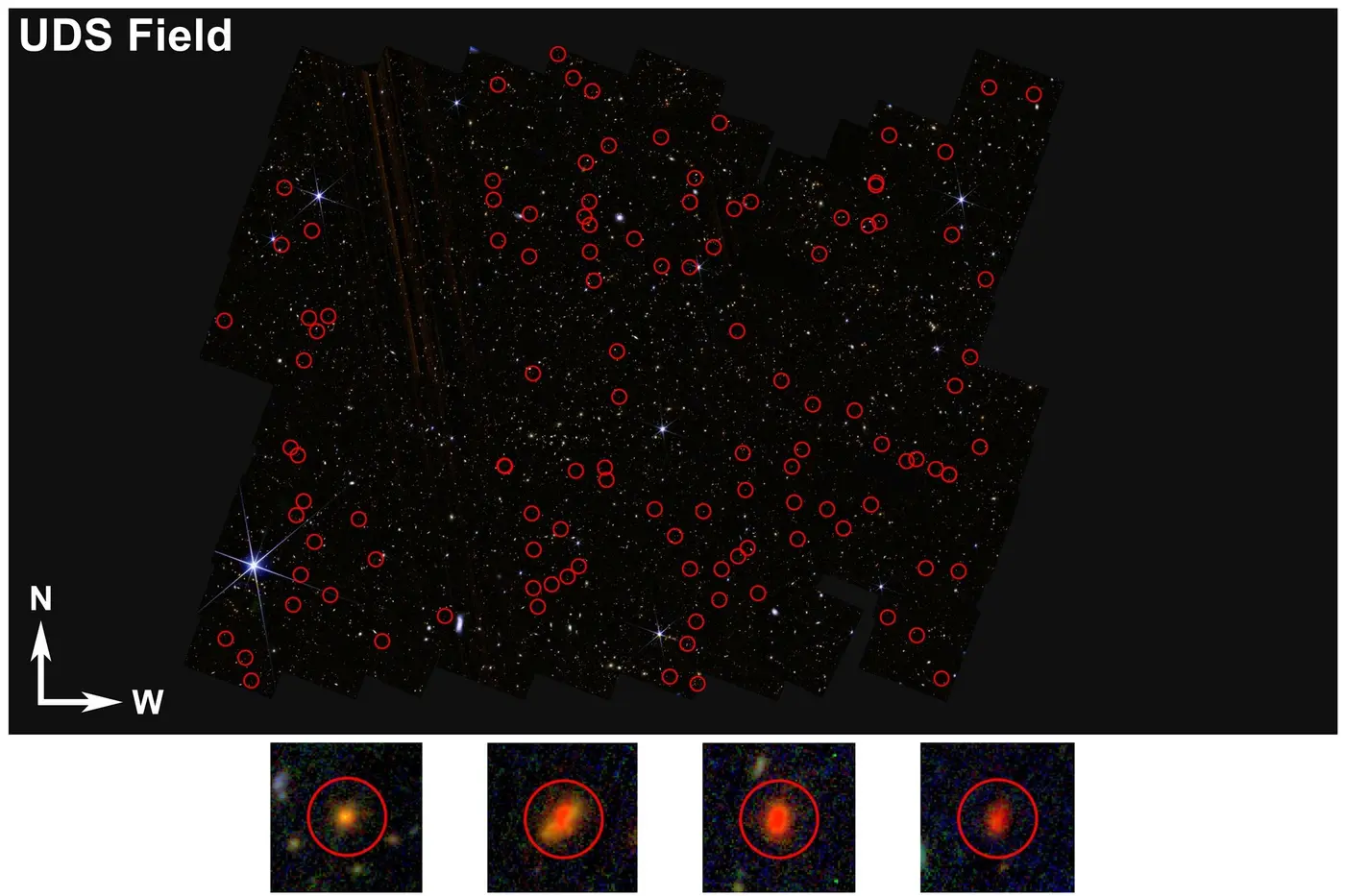
A University of Missouri team using JWST infrared data identifies 300 unusually bright dropouts that may be distant galaxies.
Webb uncovers 300 bright dropouts reshaping galaxy creation
A University of Missouri team used infrared data from NASA’s James Webb Space Telescope to search for objects brighter than expected. They used two JWST cameras, NIRCam and MIRI, to spot 300 bright dropout candidates. The dropout technique looks for a Lyman Break signature as redshift increases, hinting at very distant galaxies. The study, published in The Astrophysical Journal, outlines a four step process from initial identification to spectroscopic confirmation. First they spot clues with the JWST instruments, then apply the dropout method to identify high redshift candidates. Researchers estimate redshifts with spectral energy distribution fitting when spectroscopy is not available. Final confirmation will come from spectroscopy.
Key Takeaways
"These mysterious objects are candidate galaxies in the early universe, meaning they could be very early galaxies"
Yan explains why the objects might be genuine early galaxies
"If even a few of these objects turn out to be what we think they are, our discovery could challenge current ideas about how galaxies formed in the early universe"
Yan on potential impact if confirmed
"Even if only a few of these objects are confirmed to be in the early universe, they will force us to modify the existing theories of galaxy formation"
Yan on theoretical implications
"One of our objects is already confirmed by spectroscopy to be an early galaxy"
Sun notes a confirmed case
The finding shows JWST’s reach into the dawn of the universe, but it also exposes the fragility of early time interpretations. The dropout method is powerful but depends on redshift estimates that can wobble without spectroscopy. There is a risk of misidentifying stars, dusty galaxies, or other bright sources as distant dropouts. If several objects are confirmed as early galaxies, the results could push scientists to rethink the timing of galaxy growth in the early universe. The work highlights how careful analysis and multiple lines of evidence are required before changing long held theories.
Highlights
- If a few are real early galaxies our universe story changes
- Bright dropouts test the edge of what we think we know
- Spectroscopy is the key to unlocking the true ages of these objects
- One object confirmed many questions remain
As new data arrive, the line between dawn galaxies and bright impostors will sharpen.
Enjoyed this? Let your friends know!
Related News

James Webb spots 300 bright early universe objects
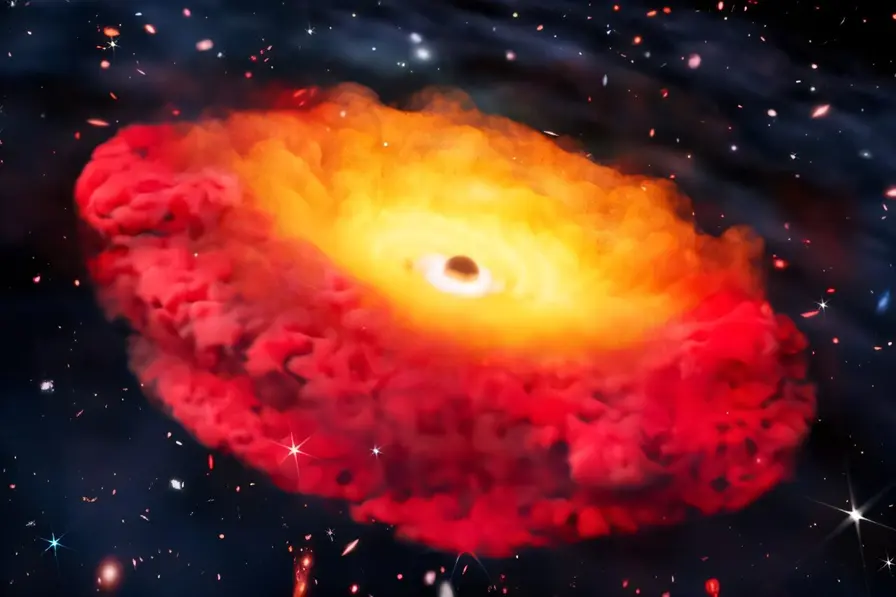
Astronomers confirm the universe's earliest black hole
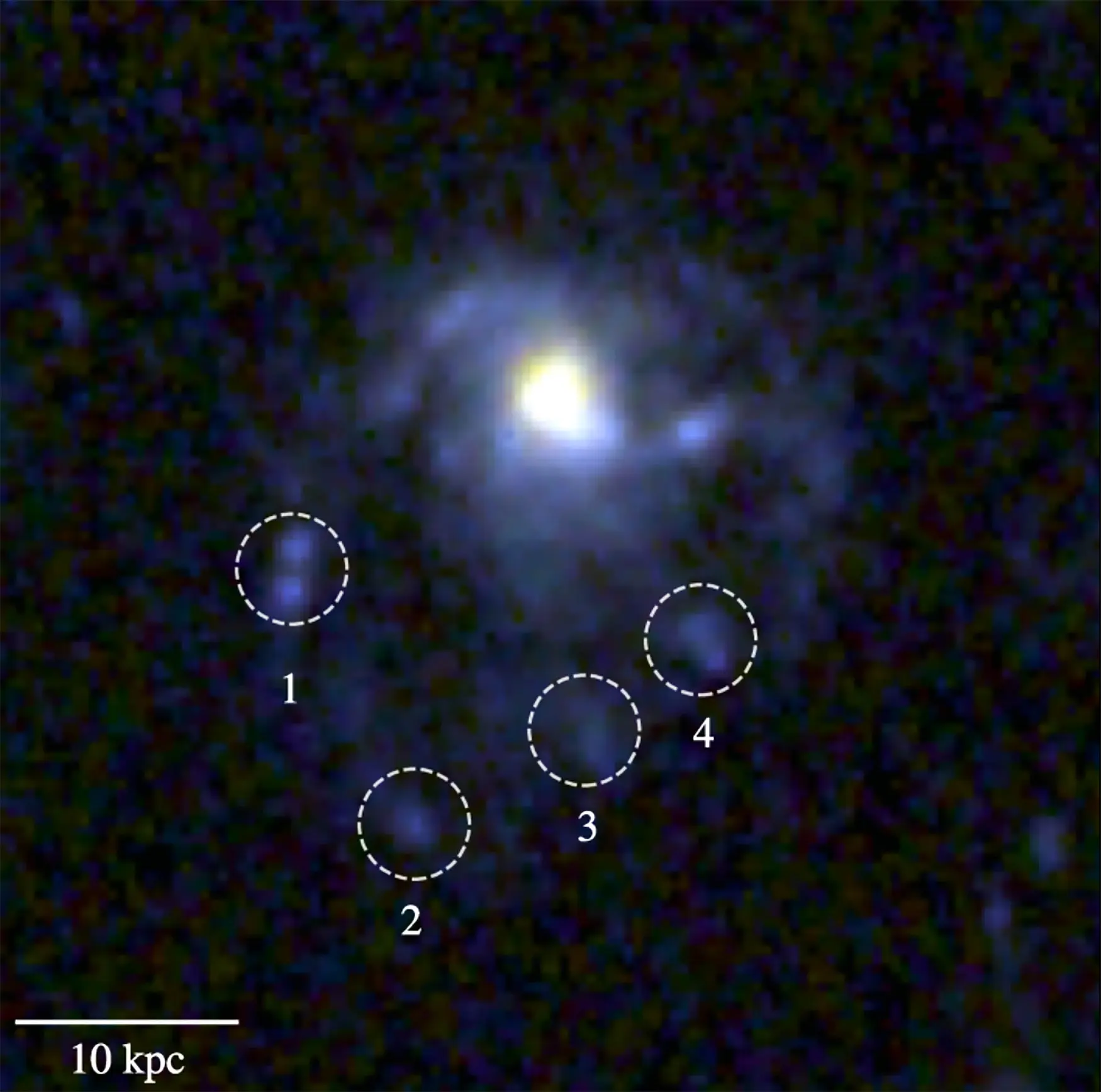
Webb spots distant jellyfish galaxy

James Webb captures starlit peak in Pismis 24
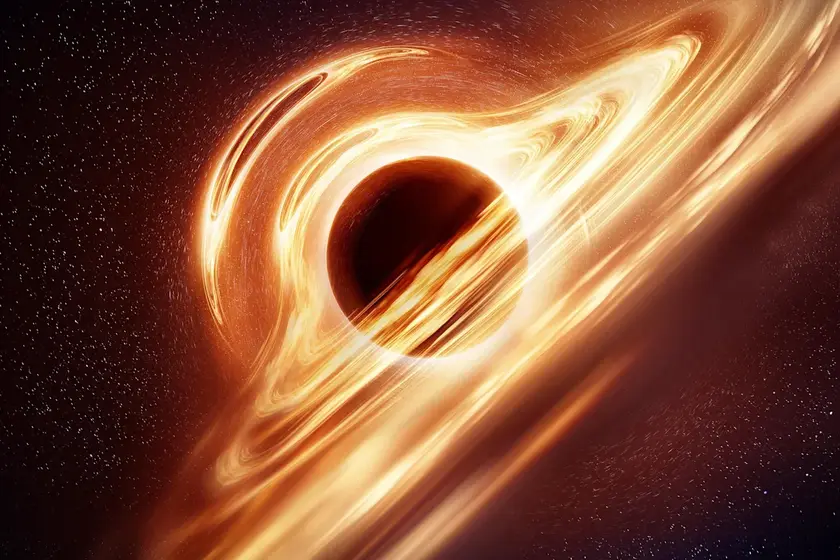
James Webb Telescope may have found early cosmic light sources
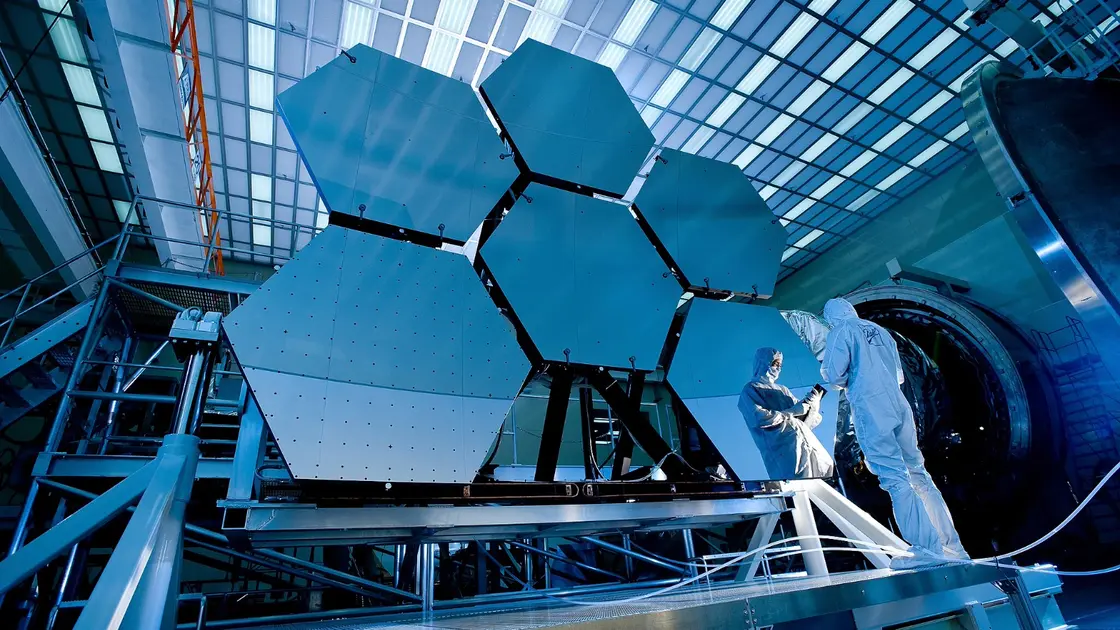
James Webb Space Telescope unveils ancient galaxies
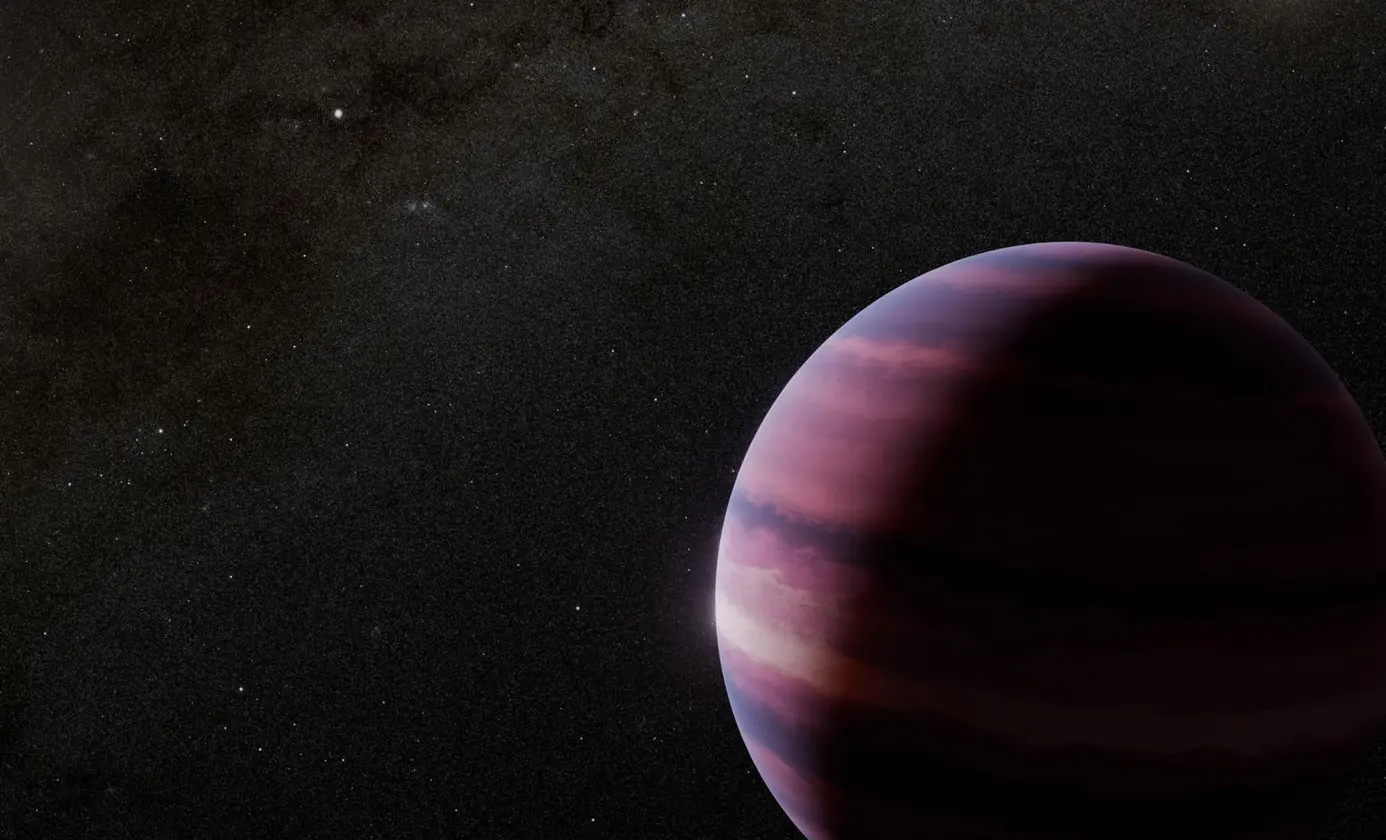
Webb Telescope reveals exoplanet candidate and Pluto haze
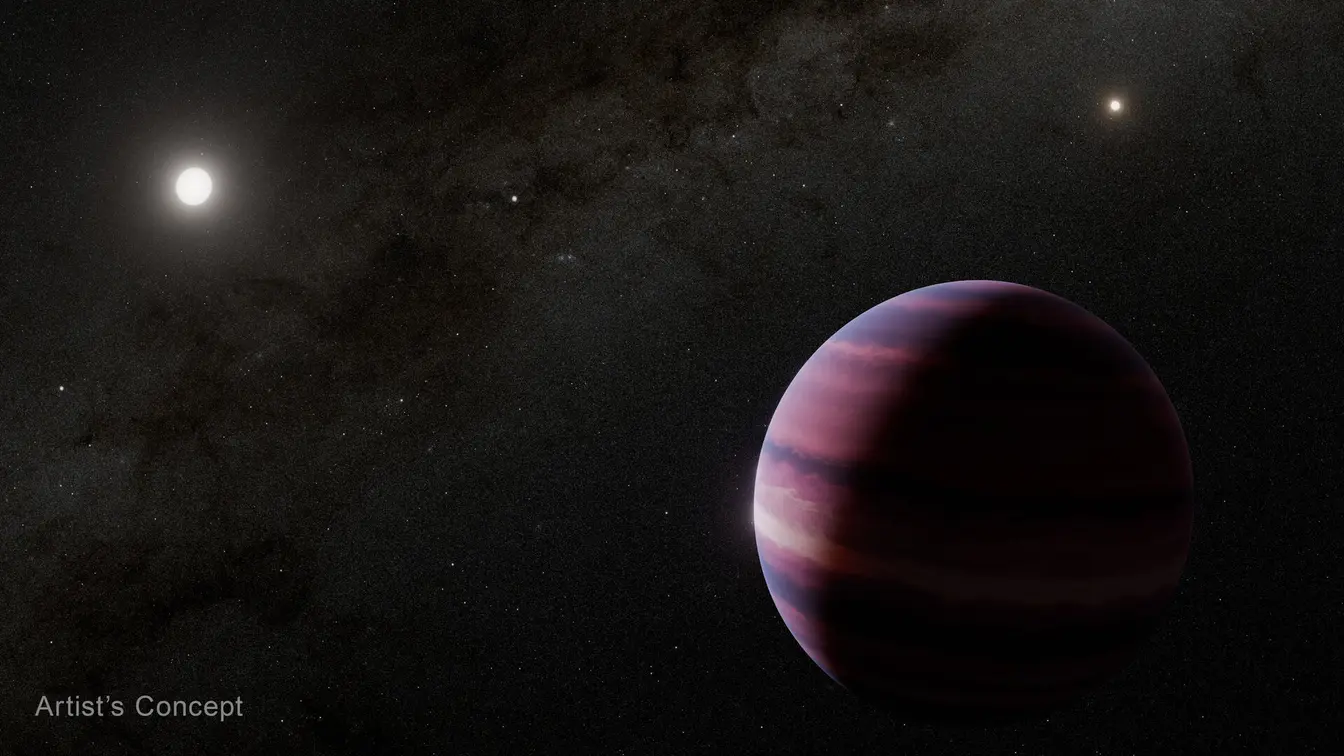
Astronomers detect potential gas giant near Alpha Centauri
